With more emphasis on rituals and culture the Maharashtrian marriages are yet simple affair. The light and funny moments are many. It includes events like the bride’s mother twisting groom’s ear, the couple taking each other’s name and feeding sweets and many more. As with the blend of modernization, contemporary styles have been incorporated in the traditional marriage, attire, food preparations and jewelry. The couple is first initiated to the eve of Grihasthashram- a promise taken by both to remain united and be together all their life.
Rituals of engagement
The ceremony usually takes place in the bride’s house. It is known as Sakharpuda meaning a packet of sweet dish which is given to each other and close relatives. The bride can also organize the engagement ceremony on a larger scale and invite more relatives and guests. The bride is given Karavali and the bride’s mother applies haldi and the bride is asked to change with the sari that her mother gives her. The groom’s mother gives Oti Bharane and Sakharpuda to the bride. The promise of marriage is given and then the groom’s mother then gives haldi-kunku to the bride’s mother. After all the exchange of gifts, the bridegroom puts a ring on the bride’s ring finger. The guests are served with care and this ceremony signifies the agreement between the families and this is witnessed by the relatives.
The eve of Muhurt Karane
This day is chosen few months before the marriage and is a mark of the beginning of wedding preparation. In this eve, five married women (suvasini) are invited. One of them pound halkund in iron mortar and is composed into paste called halud chadavane. Papads are rolled out and sandage ( dals grined into balls) are made. After this the families set out for shopping. Rukhvat is prepared that consists of exhibition of food items, saris, articles, decorative handicrafts and dry fruits. The bride’s various skills are exhibited by this exhibition. After this an auspicious day is selected and invitation to the Lord Ganesha and other Gods is done by visiting the temple. The ladies carry kunku karanda and silver bowl along with rice. The invitation cards are topped with akshata and initially both the families are invited. Those staying away are invited with post.
Gadagner/kelvan
In this eve the bride’s parents are called over and the family is gifted with meal and other gifts and oti bharane. Close relatives are invited for meal and gifts are exchanged between the families. The bride and the groom are adorned with gifts from both the families.
The Haldi Chadavane
This takes place before the wedding day and the haldi powder mould into paste. The suvasinis dip them in mango leaves and the paste is applied on feet, knees and then on shoulders and forehead. After this a massage of haldi paste is done upon the consent of the bride. The same eve occurs in the groom’s family as well. It is done so that the bride and groom do not go out for a day and expose themselves. The ceremony can take place on the day of wedding also.
Simant Pujan
This literally signifies boundary. The groom and the relatives are welcomed by the bride’s family and the groom is worshipped by the bride’s mother. Bride’s mother then washes the feet of the groom and kumkum tilak and akshata is applied. Arati is done as well and sweets and madhupak is fed to the groom. The groom then receives suit and jewelry from the bride’s father.
Sankalp
This occurs on a day prior to the wedding day and the marriage is announced in the presence of the priest. It may occur on the wedding day also.
Rituals on wedding day
The guests are received with namaskar by elders and haldi-kunku and gulab gajra is given to the guests by the young members of the family. Perfumed water and gulabdani and pedha are also given. Rukhvat that consists of exhibition of the gift items are done in one of the rooms.
Ganapatipujan
The wedding ceremony begins with the puja of Lord Ganesha so that proceedings may take place smoothly. The bride and groom’s family both perform this puja.
Punyahvachan
This is done to seek blessings from both the families and asks prayers for the purification of mind and place.
Devdevak
In this eve the family deity that is the kuldevata sthapana takes place.
Gaurihar Puja
The bride is asked to wear a yellow sari given by her maternal uncle and the bride with the decorative pearls round her head is all set to get married. She prays to the goddess Annapurna with rice and food items. She also chants the mantras told to her by the priest.
Lagna Muhurt
The mandap full of guests come closer and the beautiful couple dressed in their attires stands up. The thick garland of flowers is exchanged. A cloth screen called antarpat is held in front of the groom and mantras are chanted. The bride is escorted to the mandap by the maternal uncle. Mangalshlokas and other mantras are chanted and garlands are exchanged with songs and enjoyment. Everyone shoers flowers and wedding mantras echo throughout the hall. At the stroke of Muhurt, the mangalashakti mantras are chanted loudly and arati is done after that.
Kanyadan
The bride’s father hands the bride over to the groom and he now joins both the palms and receives it with holy water. Mantras are chanted and promises are made to keep the bride safe and healthy. All elders present bless the couple. The groom promises that he would abide by dharma, artha and karma and he will always be with the bride. The events that follow next are Akshataropan and mangalsutrabandha. The lajja Hom and Saptapadi are prayers to the agni. Fire is worshipped to keep them away from all dangers and they have a peaceful life. At the end the couple put their heads together and promises to be together forever. There are various post wedding rituals that carry on the celebration for a few more days. This includes the Manpan, Lunch, reception and many more.

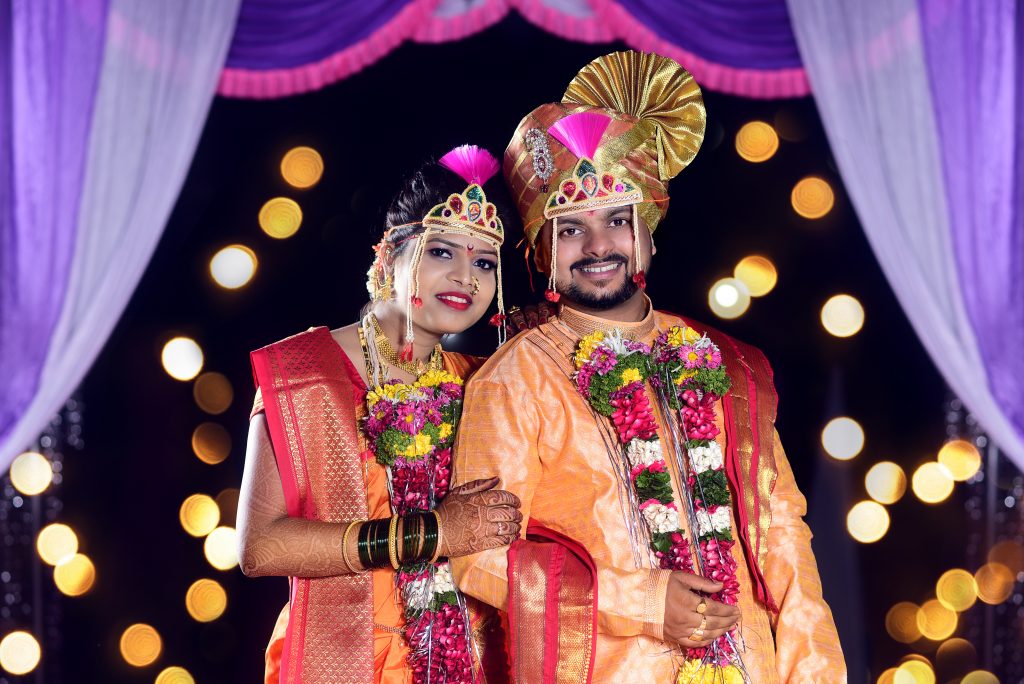










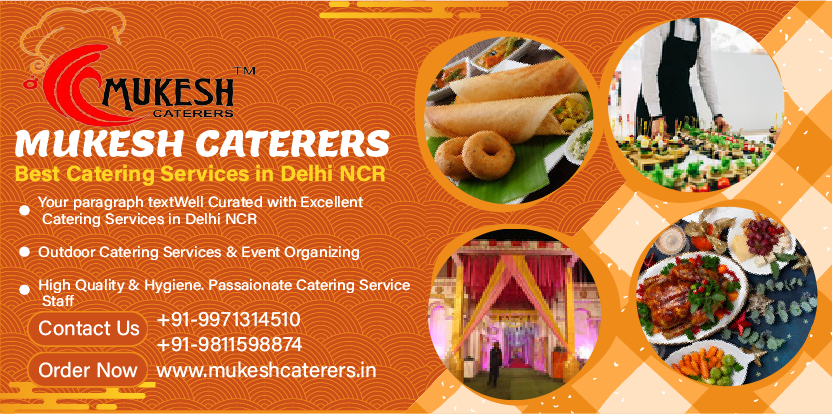

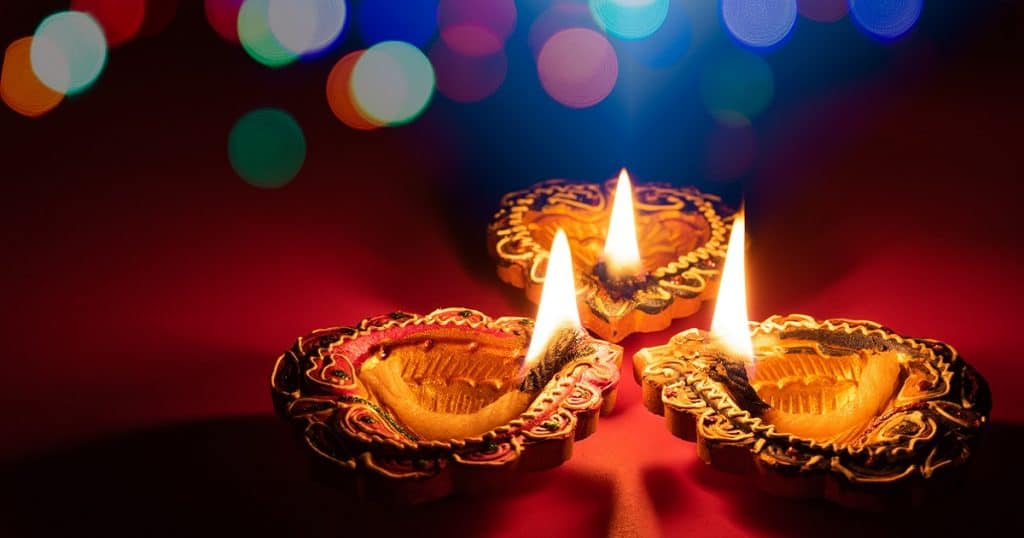
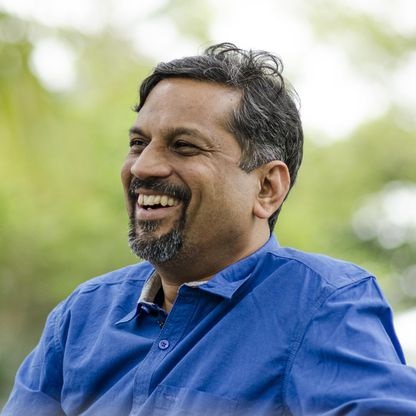

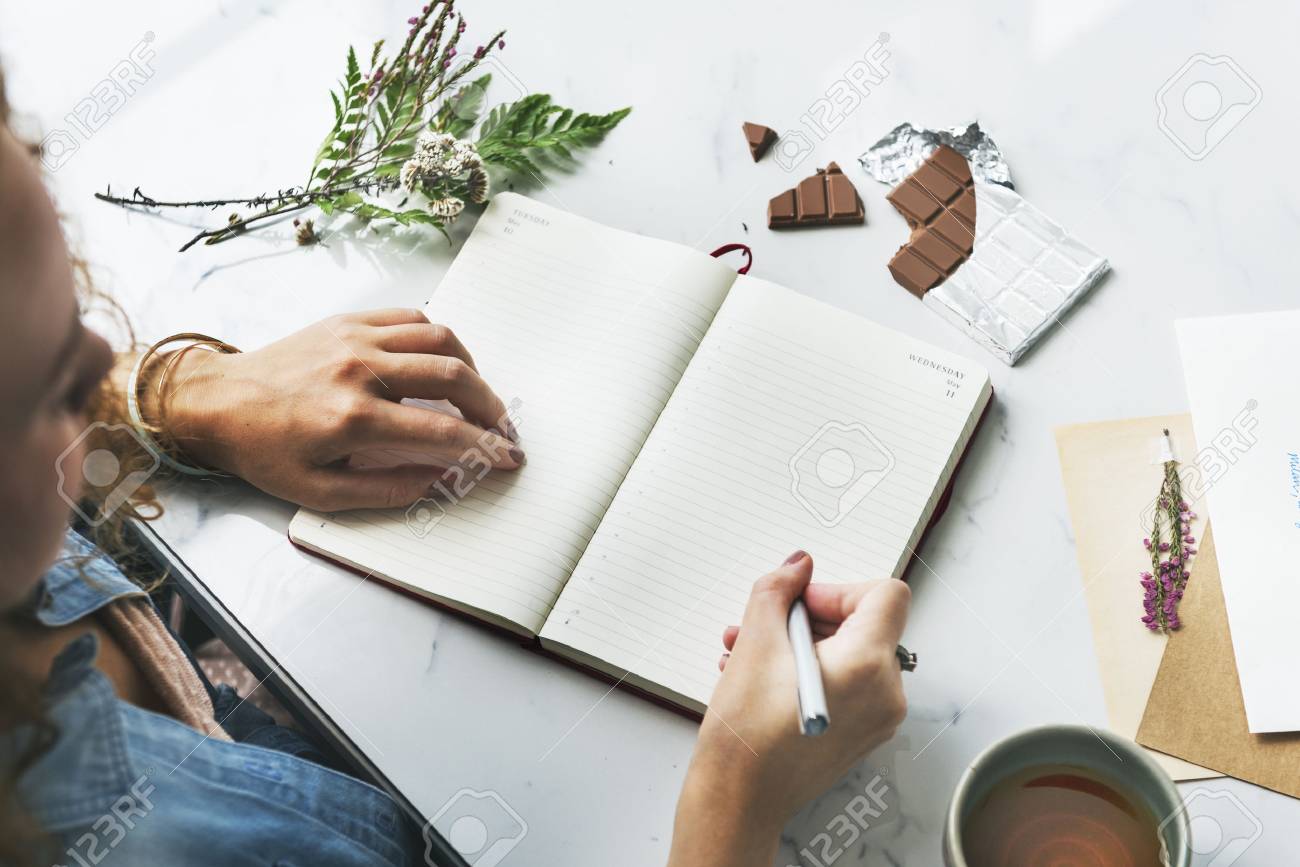
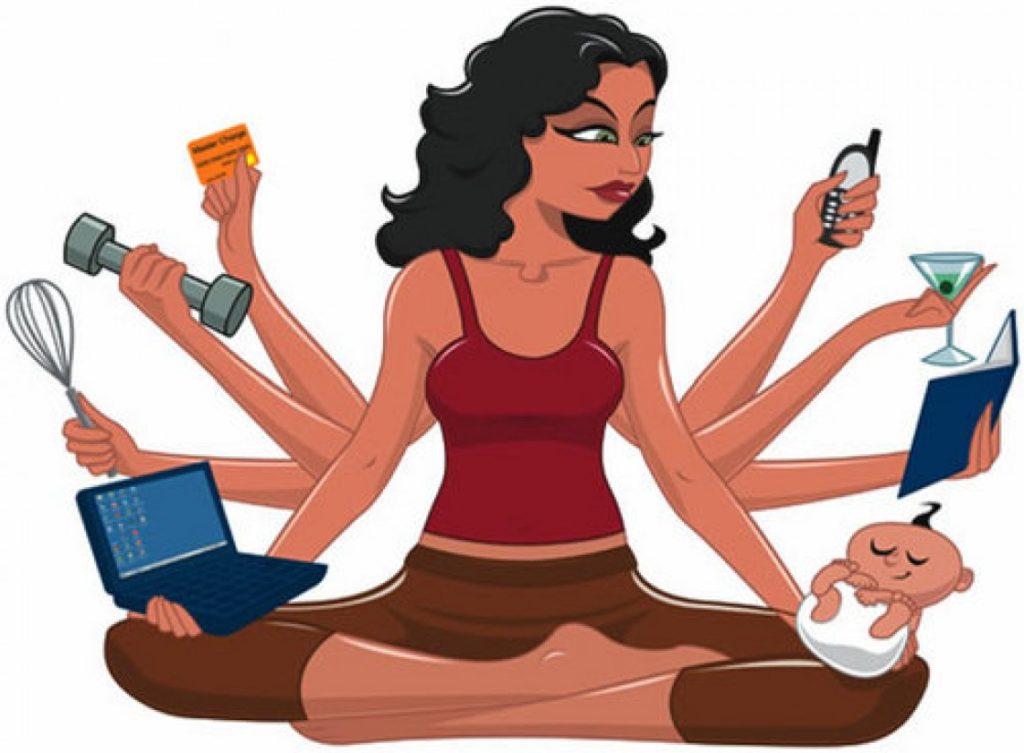
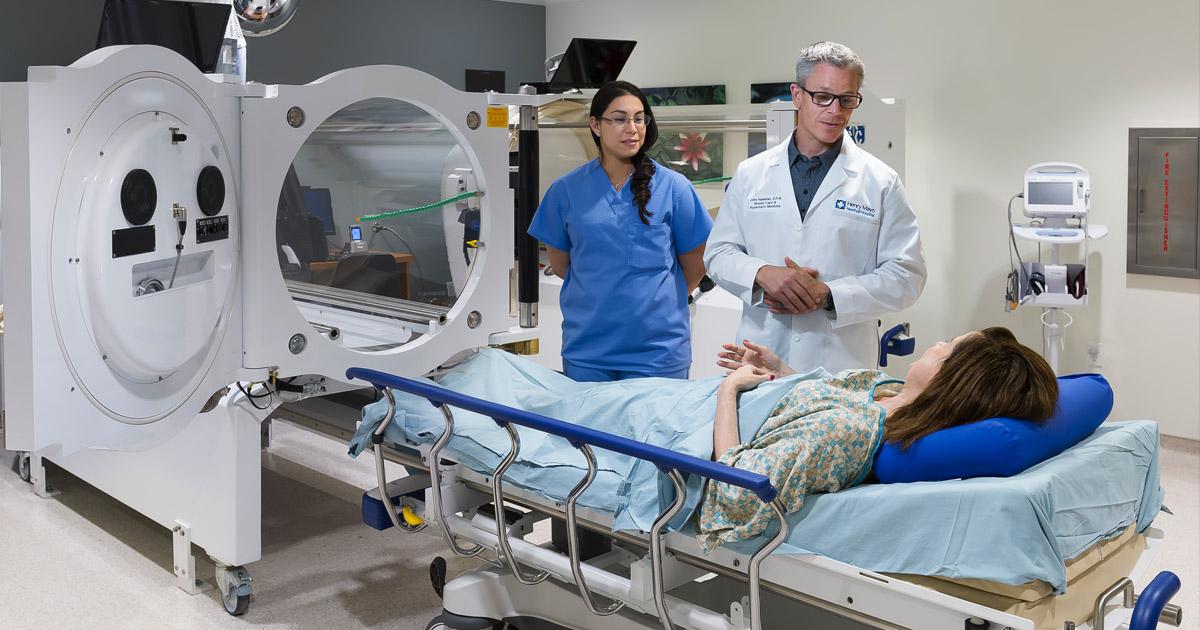


Leave a Reply